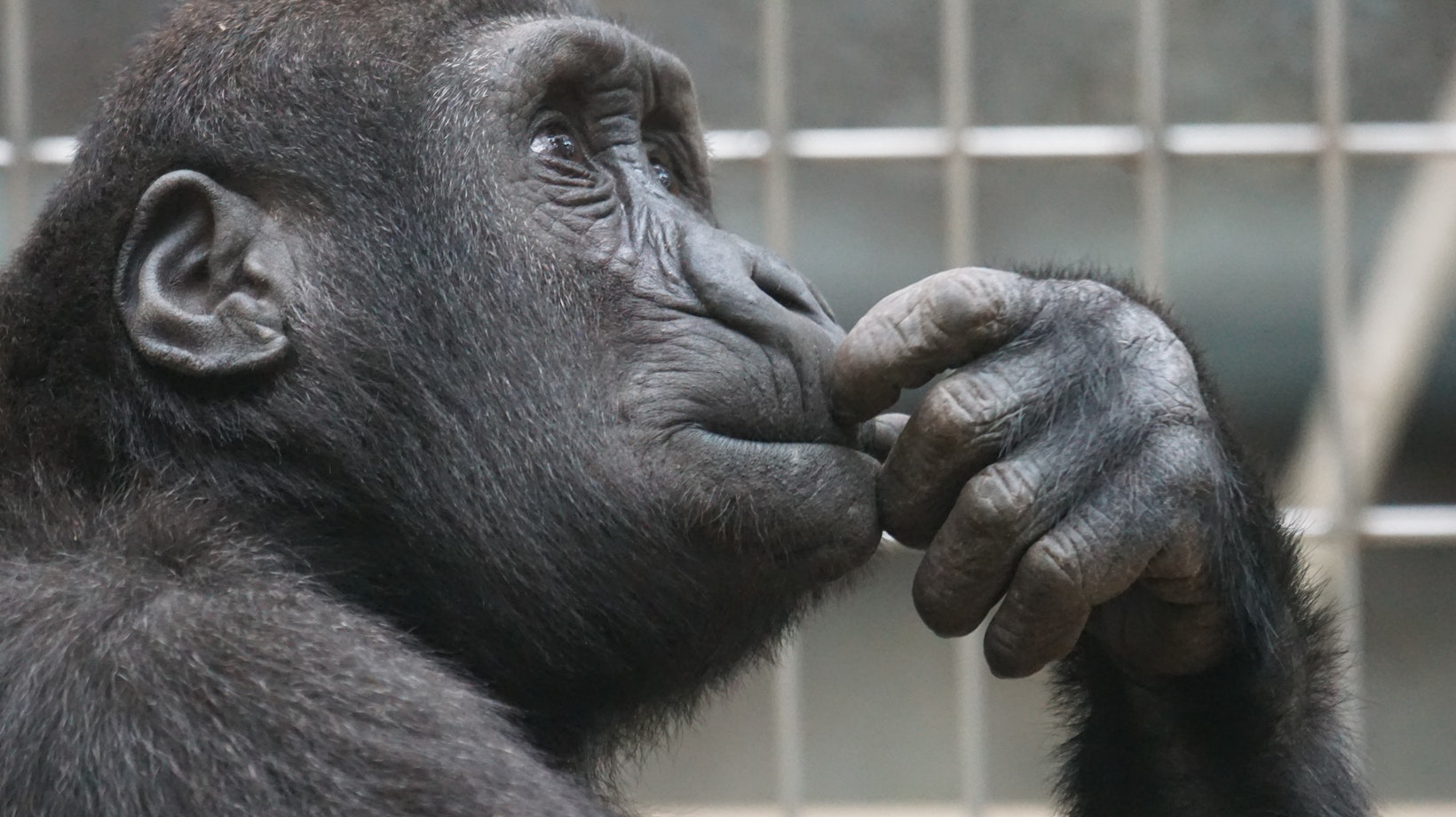What Is the Difference Between an Ape and a Gorilla
Firstly, it’s essential to clarify that all gorillas are indeed apes, but not all apes are gorillas. Apes belong to a larger classification known as primates, which also includes monkeys and humans. Gorillas fall under the family of great apes alongside orangutans, chimpanzees, and bonobos.
So what differentiates a gorilla from other apes? One key distinction lies in their physical attributes. Gorillas possess robust body structures with broad chests and massive muscular arms. They exhibit pronounced sexual dimorphism, with males being significantly larger than females and boasting distinctive silverback fur on their backs.
Another significant difference lies in their geographic distribution. Gorillas are native to specific regions in Africa, such as Uganda, Rwanda, and the Democratic Republic of Congo. On the other hand, other types of apes like chimpanzees can be found across various countries in central and western Africa.
Physical Characteristics
When comparing apes and gorillas, one notable difference lies in their size and weight. Gorillas are generally larger and heavier than other ape species. Adult male gorillas can reach an impressive height of up to 5.6 feet (1.7 meters) when standing upright, while their female counterparts usually stand around 4.6 feet (1.4 meters) tall.
Body Shape and Proportions
In addition to size differences, apes and gorillas also display variations in body shape and proportions. Gorillas have robust builds with broad chests and large muscular arms that aid them in climbing trees or knuckle-walking on the ground. Their long arms allow for powerful swings from branch to branch within their forest habitats.
Apes like chimpanzees possess more slender bodies compared to gorillas but still retain considerable strength in their limbs. They have longer forelimbs relative to their hind limbs which enable them to navigate through trees using a form of locomotion known as brachiation.
Facial Features
When it comes to facial features, both apes and gorillas exhibit distinct characteristics that set them apart. Gorillas have a prominent sagittal crest on top of their heads, which serves as an attachment site for strong jaw muscles. This feature gives male gorillas their distinctively robust appearance.
Apes, on the other hand, typically possess more expressive and flexible facial features compared to gorillas. Chimpanzees, for example, have elongated faces with protruding snouts and large ears. Their facial expressions can convey a wide range of emotions and social signals within their complex social groups.

Habitat and Distribution
When it comes to the habitat and distribution of apes and gorillas, there are some key differences that set them apart. Let’s explore this fascinating aspect in more detail.
- Apes’ Habitat and Distribution: Apes, including gorillas, are primarily found in Africa and Southeast Asia. They inhabit a variety of environments such as forests, jungles, mountains, and even swamps. Some species of apes have adapted to arboreal life, spending most of their time in trees, while others are more terrestrial.
Here are some notable examples:
- Orangutans: These intelligent primates reside exclusively on the islands of Borneo and Sumatra in Southeast Asia. They prefer tropical rainforests as their primary habitat.
- Chimpanzees: Known for their remarkable intelligence and complex social structures, chimpanzees inhabit several countries across equatorial Africa. They can be found in diverse habitats ranging from rainforests to savannas.
- Bonobos: Similar to chimpanzees, bonobos are also native to the forests of central Africa. However, they tend to prefer dense rainforest environments.
- Gorillas’ Habitat and Distribution: Gorillas belong to the ape family but have distinct characteristics that differentiate them from other apes. They are mainly found in Central Africa within specific regions known as the Congo Basin.
Gorillas generally inhabit lowland tropical rainforests or montane forests at higher altitudes. The following two species make up the gorilla family:
- Western Gorillas: This species is divided into two subspecies – western lowland gorillas (Gorilla gorilla gorilla) and Cross River gorillas (Gorilla gorilla diehli). They primarily dwell in Cameroon, Nigeria, Equatorial Guinea, Gabon, Republic of Congo, Central African Republic, and Democratic Republic of Congo.
- Eastern Gorillas: Comprised of two subspecies – mountain gorillas (Gorilla beringei beringei) and eastern lowland gorillas (Gorilla beringei graueri), they are found in the Democratic Republic of Congo, Uganda, and Rwanda. Mountain gorillas inhabit higher altitude forests, while eastern lowland gorillas reside in lowland tropical rainforests.
It’s important to note that both apes and gorillas face various threats to their habitats due to deforestation, habitat fragmentation, poaching, and human encroachment.














